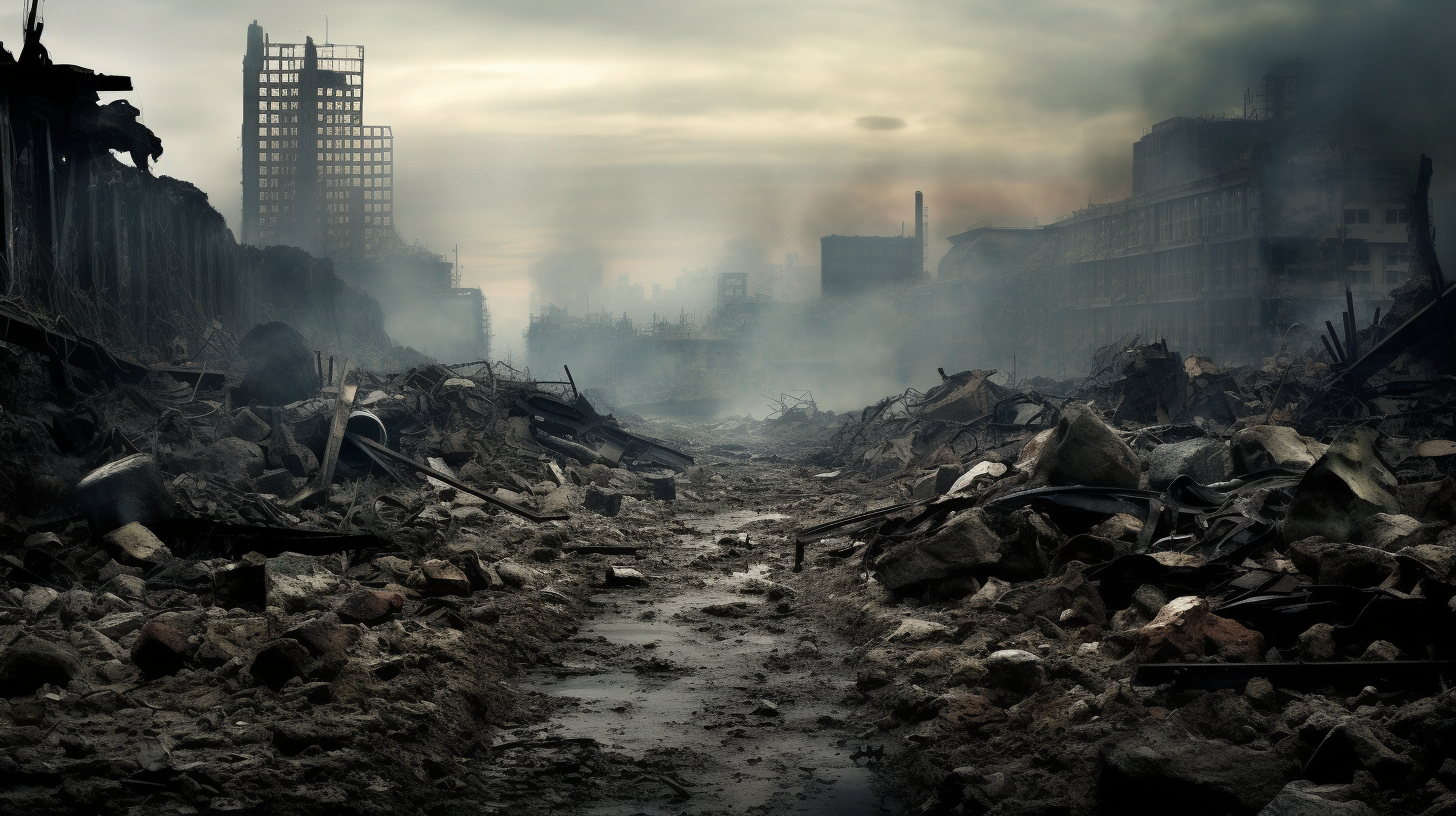In a world where the tendrils of civilization have choked the very breath of wilderness, there exist enclaves where the Earth heaves a sorrowful sigh of relief. These are Earth’s final wild places, sanctuaries untarnished by humankind’s avarice, where nature whispers tales of ancient equilibrium.
Unyielding Terrains: Amidst the apocalyptic narrative spun by human activities, rugged mountains still stand tall, veined with waterfalls that roar with a somber wrath. The Siberian Taiga, an expanse cloaking a myriad of secrets in its frigid embrace, persists as the planet’s lungs. Yet, its breath comes in labored gasps, a signal of defiance against the looming ecological senescence.
Submerged Wonders: Below the surface, coral reefs like the Great Barrier Reef flourish in tragic splendor, painting the seafloor with a mosaicism of despair and resilience. Here, life teems in shades of irony, as the reefs bleach under the burden of warmer oceans, spelling out a eulogy for a colorful underworld we might only recount in history’s bleakest chapters.
Bleak Rainforests: The Amazonian rainforest, the eroded backbone of a planet once vibrant, now gasps for air amidst the smog of human errors. It is a living paradox, both majestic and moribund, its every leaf a testament to the irreversibility of anthropogenic affliction.
Bygone Savannahs: The savannahs, where the silhouettes of wildlife used to paint the horizons, now starkly empty, echo the dirges of species long extinct. The roar of lions, the thundering stampedes of wildebeests, exist only within the hollow chambers of our desecrated Earth.
Mourning Ice: Arctic landscapes, once teeming with ice-bergs like frosted leviathans, now lay bare, their nakedness an emblem of the sweltering truth. The polar bear’s kingdom dissolves into the rising sea, a metaphor for the disintegration of earthly sanctity.
Though located in disparate corners of our dying planet, these places share a common thread of impending doom, their existences hanging by a filament as frail as the spider’s silk. With each passing day, their numbers dwindle, their voices grow quieter, and the symphony of life plays a melancholic tune on the broken strings of biodiversity.
Could we, the harbingers of such ends, be the saviors in the final act? Alas, this narrative voids such fairy-tale resolutions. There is no deus ex machina in this realism-soaked tragedy. The stage is set, the actors falter, and the curtain falls on Earth’s final wild sanctuaries.
The words scrawled in the margins of this dire manuscript are not of salvation, but of reflection; a mirror held up to the face of humanity, showing not what we have lost, but rather, what we have unmade. It is a call, not to rebuild — for too much has fallen to reclaim — but to remember and to mourn.
Thus, beneath the human layer of concrete, plastic, and smog, lie the remnants of the wild. Cherish them through this reading, for, outside these pages, they may be nothing more than ethereal memories of a greener age, too decrepit to dream of resurrection.
